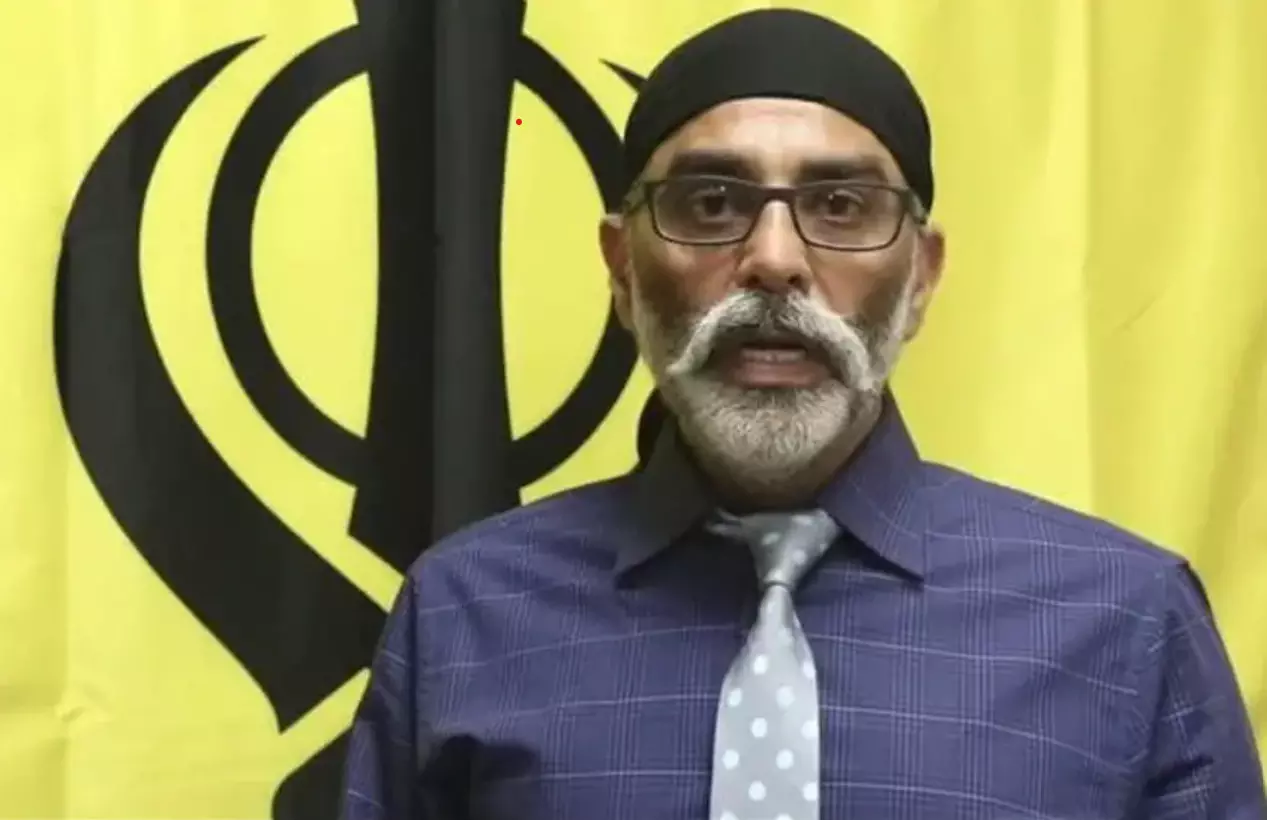Strengthening the guardrails
The proactive stance of Indian security agencies amidst escalating Israel-Hamas conflict must be maintained to avoid polarisation and ward off nefarious designs of anti-India elements

There has been no let-up on the part of Indian security and intelligence agencies in addressing the terror-linked threat challenges emanating from various quarters within India and abroad. The main threat that recently came under scrutiny was the direct threat issued by Sikh separatist activist Gurpatwant Singh Pannun, who threatened to harm Indian security interests in the Indian Parliament and other infrastructure. Additionally, he threatened to assault Air India aircraft flying to India with terror. Most disturbingly, these threats were carried out from US soil, and so far, there has been no reprimand to him from any segment of US security agencies or any position of authority in the US administration. This calls for critical introspection of the US security stance towards India, as it claims to be policing security, that too globally.
Judging by a dispassionate and objective assessment, it appears that Pannun is enjoying the blessings and support of certain powers in some quarters, who, although invisible, are behind provoking Pannun to continue his unbridled irresponsible rhetoric against India, repeatedly threatening to impair Indian security interests. Pannun's audacity and emboldenment testify to this assessment. His threat to the Indian Parliament is condemnable, and it is surprising that many world leaders who claim to be sympathetic towards India for its terror cause have remained conspicuously silent on the endless security challenges posed by Pannun.
Meanwhile, in a terror-related development, continuing its campaign against terror, Indian security agencies unleashed a crackdown on a network of Islamic State (IS) operatives and arrested 15 individuals associated with this entity on December 9 from forty-four locations in the states of Maharashtra and Karnataka. Numerous Hamas flags, firearms, swords, knives, and unaccounted money were recovered from these activists, who were rounded up under the superintendence of the National Investigation Agency (NIA). It is further revealed that those arrested had been administered the oath of allegiance by one Mohammad Saquib Nachan. It may be recalled that Saquib was complicit in the blasts of Mumbai Central (2002), Vile Parle, and Mulund Station (2003). This recent NIA action shows that Indian agencies are completely sensitised to the terror scene and intelligence warnings, allowing them to take swift actions.
Also, it is worth mentioning here that all those arrested are members of the Maharashtra Module of the IS, which was run by handlers based outside India. These sponsors were allegedly abetting terror and terror-related acts, as well as activities of IS, which included the fabrication of IEDs. Some authoritative sources, wishing to remain anonymous, revealed that those now under NIA custody were motivating and radicalising a section of the youth who had gone astray from the mainstream to pursue the cause of Jihad.
This breakthrough was carried out in perfect coordination among the various State Police and their Special Cells, resulting in such a monumental step. While any direct link between Sikh separatist activists and the IS has not yet been established, many security experts and counter-terror sources do not rule out the possibility of an unholy nexus between the two, as the Pakistani Inter-Services Intelligence (ISI) is well known to promote the cause of Sikh separatists and fuel Islamic radicalism, abusing religiously indoctrinated youth in India. Hence, Indian intelligence agencies would do well to go the extra mile to exercise additional vigilance to contain the growing threats of terror having the propensity to affect Indian security interests both within and from external IS handlers.
In the meantime, certain external quarters, inimical to Indian security interests, are suspected to be feeding disinformation to the international media about an alleged Indian hand in the mysterious killings in Canada, Pakistan, and threats to some India-hostile elements operating from US soil. This malicious propaganda blitz, which is nefarious by design, is apparently to malign India as India is seen to be globally successful in all spheres of activities. Of course, such undesirable negative publicity is unlikely to yield dividends for radicals and other anti-India forces. That said, however, there is no scope for any complacency on India's part, as the ongoing conflict between Israel and Hamas carries the possibility of further radicalising a section of the drifted youth, which might imperil the prospects of terror in India. This factor was already highlighted in these columns in one of the previous opinion pieces. In sum, there should not be any lowering of guards to maintain security vigil.
The writer is a retired IPS officer, Adviser NatStrat, and a former National Security Advisor in Mauritius. Views expressed are personal



